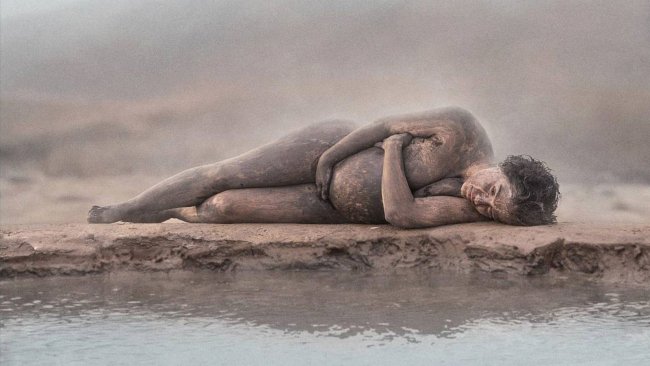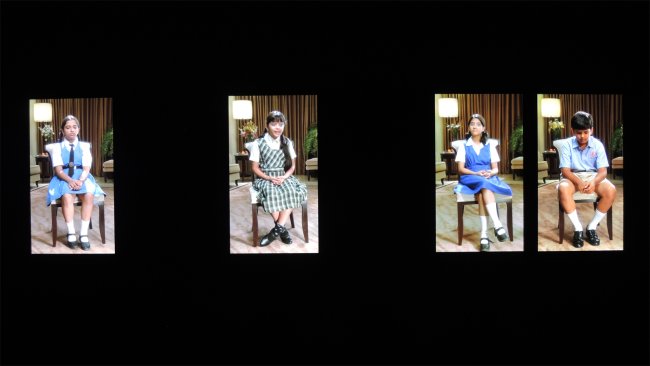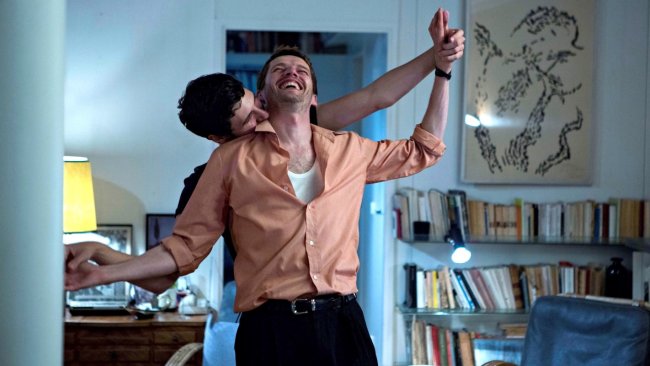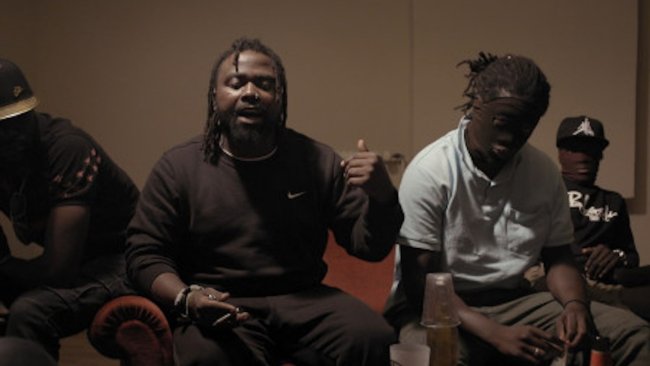Anna Eborn | Lida
[…] Through the lense of a digital camera, a 16mm camera, and a Bolex camera, Lida is a journey into the different layers of memory; an archeology of present and past times as well as an archeology of present and past images.
[…] The young Swedish filmmaker’s approach to Lida is not in the film but through the film itself, which intervenes with Lida’s story trying to reunite what, in her life, was impossible to reunite.
Text: Giuseppe Di Salvatore | Audio/Video: Ruth Baettig
In a wonderful passage of his Sans soleil, Chris Marker speaks of the «root of indestructibility» of women (and how the task of men has always been to prevent women from being aware of it). Anna Eborn’s Lida seems to be a wonderful demonstration of this simple intuition, for we discover the portrayed elderly Lida, almost forgotten in a Ukrainian hospice, having survived war (the Second World War and, we should also consider, the current war in Ukraine), having resisted deportation, discrimination, and having lived through and adopted an incredible mixture of different cultures and languages - Swedish, German, Russian, Siberian, Ukrainian - always remaining herself, Lida. This high density of experiences notwithstanding, Lida’s secret is inher sweet sense of humour, which is perhaps the strongest mechanism for defence and resistance we are provided with as human beings.
Not only is the portrait of this special woman fascinating – making us travel through a century European history –, but the way in which Anna Eborn creates her portrait is particularly striking. The many eras depicted in Lida’s biography, the suspended sense of time in her daily life in the hospice, the timelessness of her recited memories, the stolen time of her difficult relationships with her surviving son and sister; all of these elements are gathered together in a filmic mosaic, whose slow dense rhythm allows the complexity of all the different temporal layers to be revealed. Then there are the layers of languages that create another mosaic: Old Swedish (of which she is one of the last living speakers), German, Modern Swedish, Russian, Ukrainian; each showing us a different aspect of Lida’s personality; each describing a different geography and telling a different story. Anna Eborn’s contribution is not only in her ability to compose all of this material with very nice editing methods, but also in her idea of introducing different textures of images to render the large mosaic of Lida’s life. Through the lense of a digital camera, a 16mm camera, and a Bolex camera, Lida is a journey into the different layers of memory; an archeology of present and past times as well as an archeology of present and past images.
In this temporal journey, the main leitmotiv is probably the attraction and separation between the persons. History has made Lida experience the separation, but she has also distanced herself form her sons and her families, even if she remained a charming and easily approachable woman. Eborn’s approach to Lida plays a much more important and interesting role than being just one aspect of the making-of of the film, as the film and its object tend to empathically blend together. The young Swedish filmmaker’s approach to Lida is not in the film but through the film itself, which intervenes with Lida’s story trying to reunite what, in her life, was impossible to reunite: her relationships with her surviving son and with her sister. This performative aspect of Lida as a film becomes a quite strong aspect of the film experience we have, because it is a film that is able to emotionally captivate the spectator from the very beginning. Therefore, both our approach to- and our separation from Lida equally become the main themes of this wonderful film.
This article contains a third-party video. If you would like to watch the video, please adjust your settings.
Info
Lida | Film | Anna Eborn | DK 2017 | 88’ | Visions du Réel 2017 Nyon
First published: May 03, 2017



